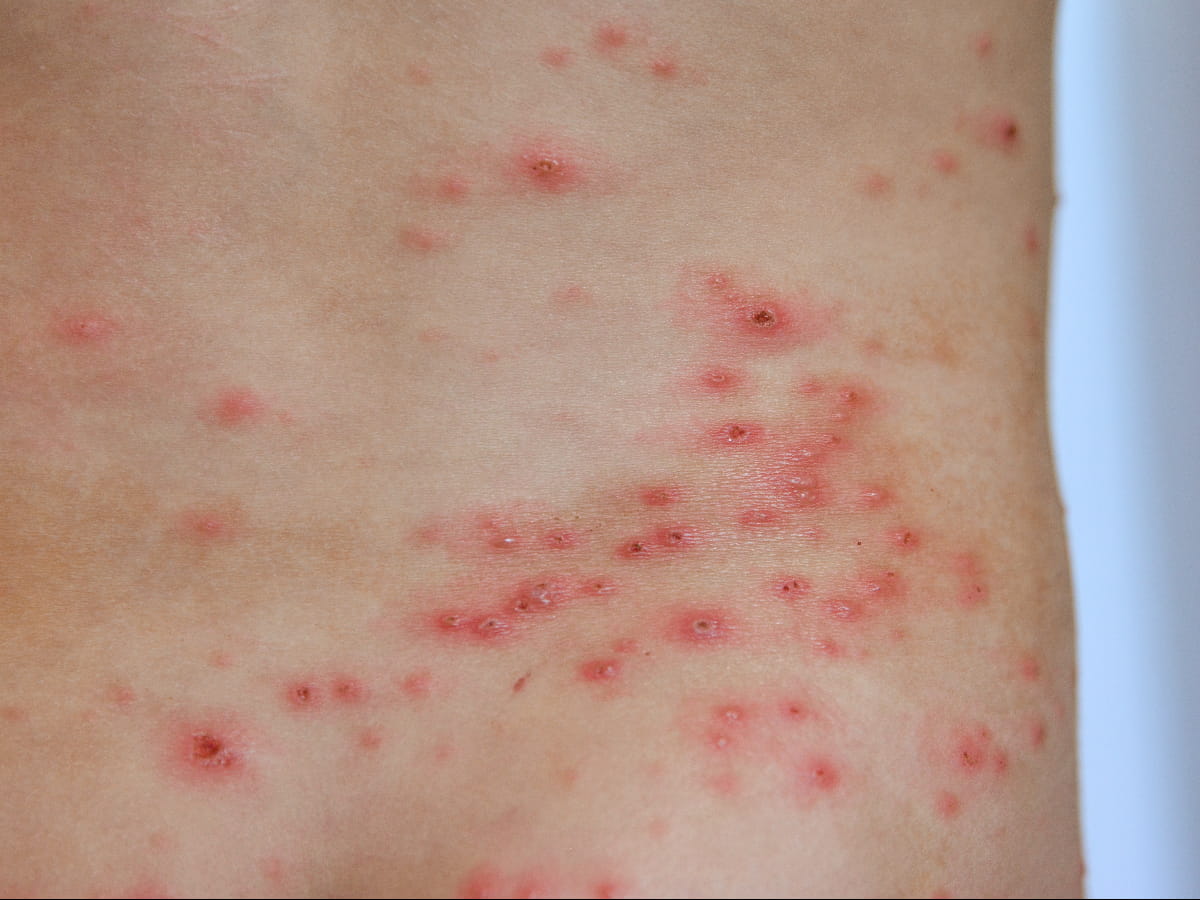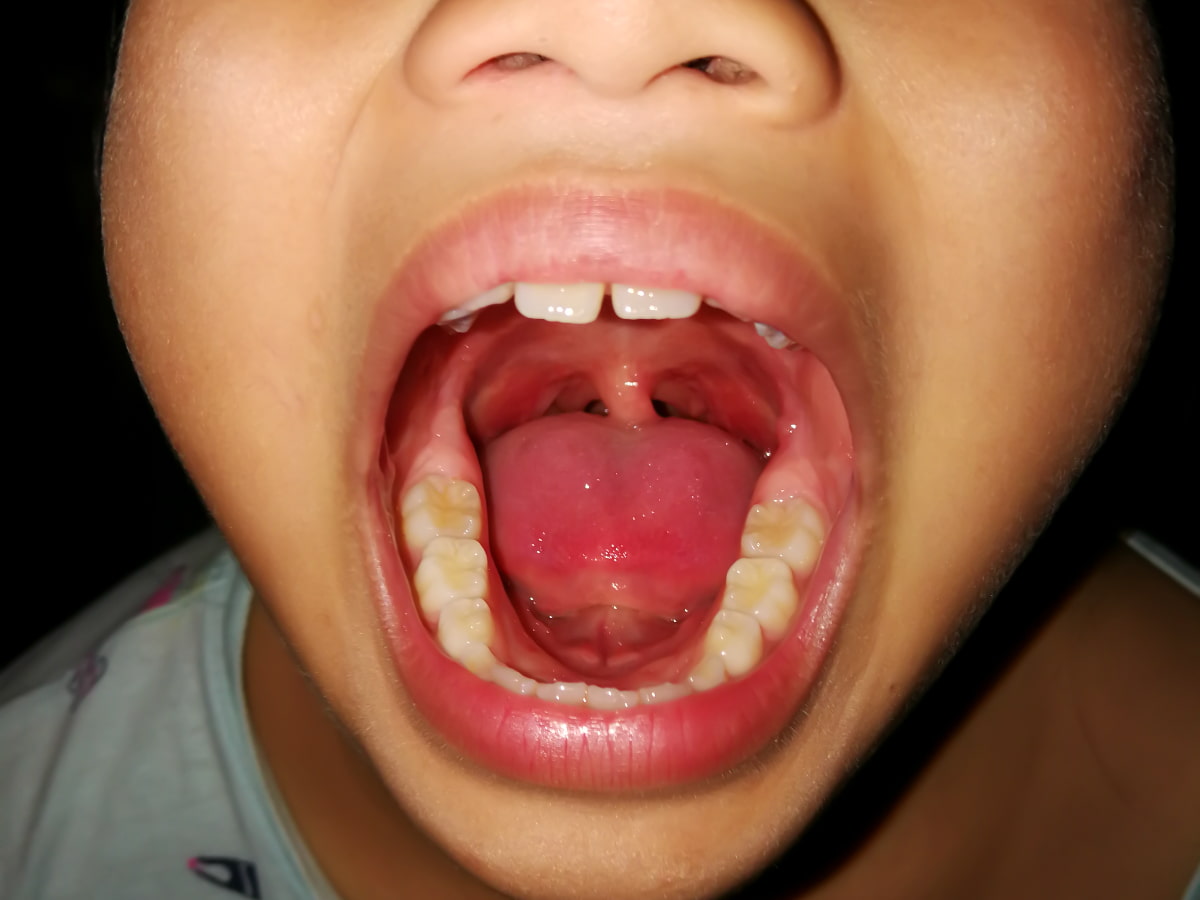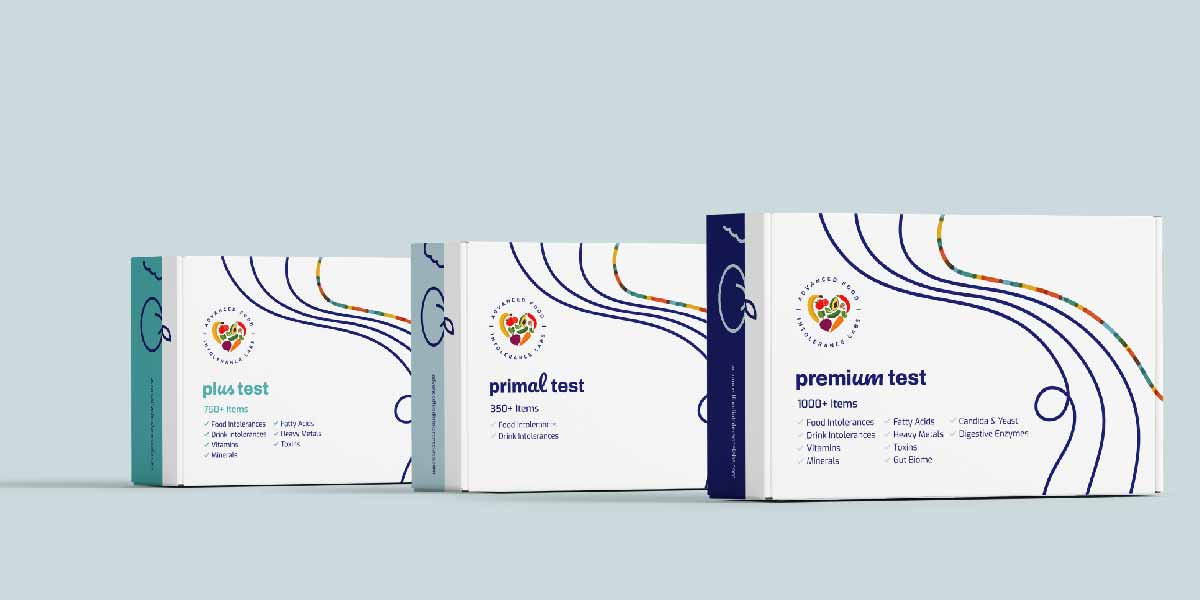Table of Contents
There are multiple fungi found in the human body. One such fungus is Candida of the genus Yeast. Candida is commonly found in the mouth, intestines, hair and skin in a limited number.
There are certain conditions in which there is an overgrowth of the fungus, leading to candida infection, known as candidiasis. It is one of the most common fungal infections in the human body that can affect various body sites such as skin, nails, hair, digestive tract, urinary tract, and genital tract.

In this article, we intend to explain candidiasis's symptoms, diagnosis, and treatment. We have also mentioned some advice to prevent candida infection.
What is Candida Overgrowth?
A type of yeast called Candida inhabits the human body and is found there. A trace amount of the fungi are present in the mouth, vagina, gut, skin, and hair. There are healthy bacteria that keep the growth of Candida under control.
Candida in small doses, is unharmful and shows no symptoms. However, certain factors can make this fungus grow out of control, leading to a condition known as "candidiasis," in which there is an infection with Candida.
What are the Causes of Candida Overgrowth?
Candida is generally harmless and is present normally in the skin. Healthy bacteria keep their numbers under check and limit their growth. However, there are certain conditions in which there is candida overgrowth causing the infection. Usually, candida overgrowth occurs when there is a decrease in the number of healthy bacteria, or the immune system is weakened.
Some common conditions causing candida overgrowth are:
- Taking broad-spectrum antibiotics or antibiotics without prescription
- People undergoing chemotherapy or taking any immunosuppressive drug
- Pregnancy
- People suffering from conditions affecting immunity such as diabetes and HIV
- Consumption of unhealthy diets such as diets rich in sugar or high carbohydrates
- Excessive alcohol consumption
- Taking oral contraceptive pills (OCPs), or steroids
- Excessive mental stress
- Obesity
- Dry mouth
- Warm, humid weather
- Tight-fitting clothing or dentures
- Smoking
Symptoms of Candida Overgrowth?

Symptoms of candida overgrowth and subsequent infection depend on the site of the infection. These symptoms are explained as mentioned.
Oral Thrush
Candida overgrowth in the oral cavity can cause oral candidiasis, also known as oral thrush. It is common among newborns, older adults, and people with weakened immunity. Tight-fitting dentures and poor oral hygiene are associated with oral thrush.
Following are the symptoms associated with oral thrush
- White bumpy patches on the inner lining of the oral cavity, throat, tongue, or tonsils
- Cottony, bumpy feeling in the mouth
- Redness
- A painful lesion that might bleed while scraping off
- Altered taste sensation
- Pain in the mouth
- Thrush can spread to the esophagus, causing pain or difficulty in swallowing
Candida Overgrowth in Skin
Candida infection of the skin can be known as cutaneous candidiasis. The overgrowth in the skin usually occurs in warm and moist areas such as folds of skin, including the groin and armpits. The use of anti-bacterial soaps, moisturizers, and cosmetics can alter the microbial environment of the skin, increasing the risk of candida infection.
Cutaneous candidiasis can cause the following symptoms, which can be very uncomfortable.
- Inflamed skin that may easily crack
- Red patches, bumps, and other lesions
- Itchiness
- Infection of the scalp can cause hair loss.
Candida Overgrowth in Nails

Candida overgrowth can occur around the nail folds and nail beds, resulting in the following symptoms:
- Pain, redness, and swelling around the nail
- Nail discoloration
- Pus formation in the nails
- Separation of the nail from the nail bed
- Cracks in the nail
Candida Overgrowth in the Genital Tract
Candida is normally found in the vagina of 20% of females. However, there may be candida overgrowth in the vaginal tract causing vaginal candidiasis, which is a common condition affecting women. Symptoms associated with vaginal candidiasis are:
- Thick and white vaginal discharge
- Redness, swelling, and itchiness of the vagina
- Painful sexual intercourse
- Discomfort during urination
Although less common, the condition can also affect the penis of males, causing penile candidiasis. Penile candidiasis may develop when a person has sexual interaction with someone having vaginal candidiasis.
Symptoms associated with penile candidiasis are:
- Pain and swelling at the tip of the penis
- Burning sensation at the head of the penis and around the penile folds.
- A white and thick substance around the fold of the skin
- Penile lesions
- White discharge from the tip of the penis
- Discomfort or pain during sexual intercourse.
- Discomfort during urination
Urinary Tract Infections

Bacteria like E. coli mostly cause urinary tract infections. However, Candida can also cause urinary tract infections, commonly in elderly people and hospitalized or immunocompromised patients. If the infection is recurrent, you need to see your doctor look for candida overgrowth.
Symptoms of urinary tract infections associated with candida infection include
- Burning micturition
- Increased urgency to urinate
- The cloudy, dark, and unusual smell in the urine
- Lower abdominal pain
- Frequent need to go to the toilet
Candida Overgrowth in the Digestive Tract
The digestive tract contains both good and bad microbes. A good number of healthy bacteria help to maintain gut health and function. When there is a decline in the number of beneficial bacteria due to causes such as broad-spectrum antibiotics, Candida's overgrowth might result in gastrointestinal symptoms. Some of the gastrointestinal symptoms associated with candida overgrowth are:
- Diarrhea
- Constipation
- Nausea and vomiting
- Indigestion
- Excessive gas
- Abdominal pain
Studies have also shown that candida overgrowth is associated with diseases of the gastrointestinal tract, such as ulcerative colitis and Crohn's disease.
Candida Overgrowth in Blood
Candida overgrowth can occur in the blood, resulting in sepsis, which usually occurs in immunocompromised people. The symptoms associated with candidiasis are:
- Fever associated with chills and rigors
- Increased heart rate and reduced blood pressure
- Fast breathing
- Fatigue and tiredness
- Joint pain: Candida in the bloodstream can travel to the joints and cause infection resulting in osteomyelitis and arthritis. The symptoms associated are pain, swelling, and stiffness of the joints. Although bone and joint infections are uncommon, it is difficult to treat when it occurs.
Diagnosis

When you have the symptoms mentioned above and are suspicious of candida overgrowth, you need to see your doctor for a diagnosis and treatment of the infection.
Your doctor might take a history and perform an examination. Candida overgrowth in the mouth, skin, nails, and hair might be diagnosed via examination. However, sometimes a scrape of the lesion may be taken and examined under the microscope for the diagnosis.
Candida overgrowth in the blood can be diagnosed by measuring the antibody levels formed in the blood against candida overgrowth.
Similarly, candida overgrowth in the genital tract or urinary tract can be diagnosed by examining vaginal secretion or urine under a microscope.
Meanwhile, there are Advanced Food Intolerance test kits available that can obtain your test regarding your dietary requirements and advise you on a healthy diet and supplements for the prevention of infection or overgrowth.
Treatment
The treatment for candida infection involves over-the-counter or prescription antifungal drugs. The medications work either by inhibiting the growth of the yeast or by killing the yeast. Antifungal medications are available in several forms, such as creams and ointments, oral capsules and tablets, liquids, injections, pessaries, and powders. The choice of antifungal medication depends on the site and severity of the infection.
The cause of the overgrowth must also be identified and controlled to stop recurrent infections. Avoiding certain foods such as refined sugar, processed meat, refined grains, and alcohol has been shown to reduce candida overgrowth over a period of time. Dietary modification can also be considered for reducing candida overgrowth. Where Candida is mild to moderately overgrown or out of balance, natural supplements can also help treat the overgrowth.
Prevention

Although it might not always be possible to avoid candida infection, there are ways that can be followed to reduce the risk of candida overgrowth. Some of them are:
- Maintaining hygiene along with clean and dry skin
- Rational use of antibiotics and other immunosuppressive medications like steroids
- Eating a healthy diet rich in fiber and low in carbohydrates
- Regular consumption of probiotics
- Reducing stress and adopting an active lifestyle
- Managing any overlying conditions affecting general health
Summary
Candida is a fungus that normally resides in various parts of our bodies. It is generally harmless, but when there is Candida overgrowth, it causes various symptoms. Overgrowth usually occurs in certain situations, such as a decline in the number of good bacteria or a weakened immune system.
Symptoms of candida infection vary according to the site of the infection. The most common symptoms are skin lesions associated with the infection. However, candida infection can spread in the bloodstream causing severe conditions such as sepsis.
Therefore, you need to be cautious regarding the symptoms of the candida infection and seek medical advice if any signs of the infection are present. You can prevent candida overgrowth by maintaining good hygiene and consuming a healthy diet.
Watch AFIL test kits testimonial videos click here
Sources
- Otašević, S., Momčilović, S., Petrović, M., Radulović, O., Stojanović, N. M., & Arsić-Arsenijević, V. (2018). The dietary modification and treatment of intestinal Candida overgrowth–a pilot study. Journal de Mycologie Médicale, 28(4), 623-627.
- Jackson, J. A., Riordan, H. D., Hunninghake, R., & Revard, C. (1999). Candida albicans: the hidden infection. J Orthomol Med, 14(4), 198-200.
- Klajn-Laslo, M. (2009). Chronic candidiasis-pathogenesis, symptoms, diagnosis and treatment. Zbornik Matice srpske za prirodne nauke, (116), 267-274.
- Spinillo, A., Capuzzo, E., Acciano, S., De Santolo, A., & Zara, F. (1999). Effect of antibiotic use on the prevalence of symptomatic vulvovaginal candidiasis. American journal of obstetrics and gynecology, 180(1), 14-17.
- Cater II, R. E. (1995). Chronic intestinal candidiasis as a possible etiological factor in the chronic fatigue syndrome. Medical Hypotheses, 44(6), 507-515.
- Lam, S., Zuo, T., Ho, M., Chan, F. K., Chan, P. K., & Ng, S. C. (2019). Fungal alterations in inflammatory bowel diseases. Alimentary Pharmacology & Therapeutics, 50(11-12), 1159-1171.



